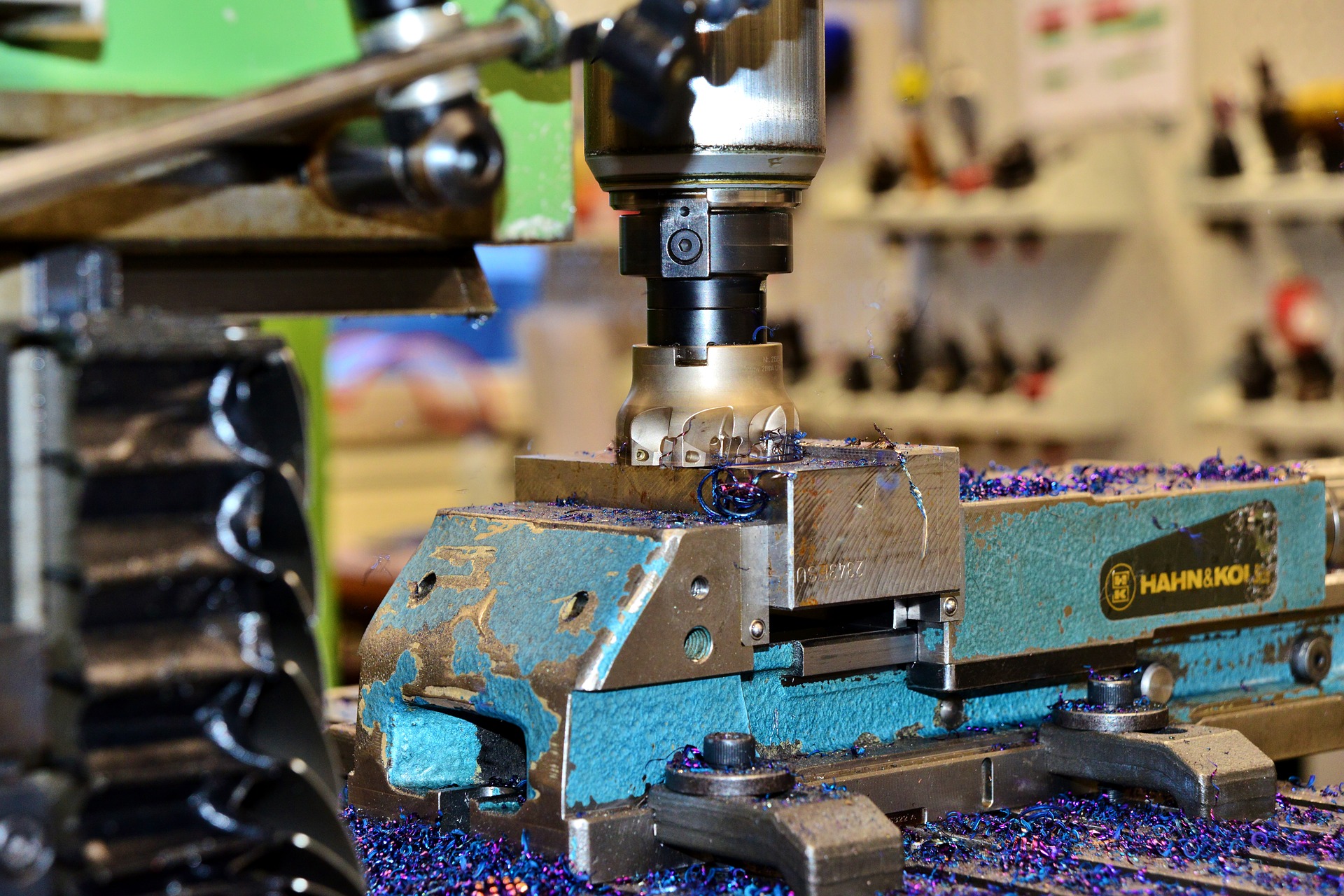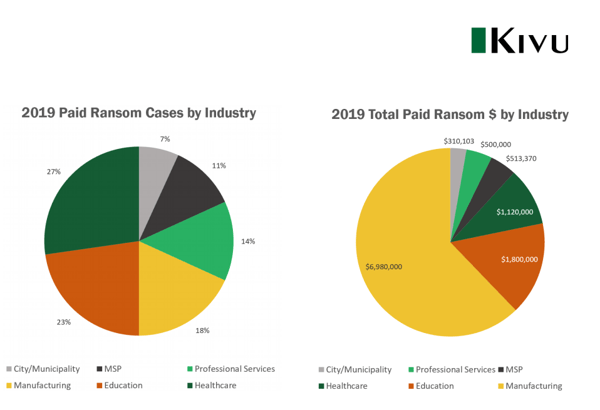How to Build a Strategic IT Budget for Your SMB | Teknologize
Many SMBs don’t actually have an IT budget; they have a list of last year’s expenses. Everything goes into one bucket, and next year’s “budget” is...

It’s a common misconception that ransomware attacks target only big businesses when in reality they target organizations of all shapes and sizes. Often going after the small to mid-range business as they don’t have the same budgets or IT personnel to invest in cybersecurity.

Picture Paid Ransomware cases
Image courtesy of Kivu Consulting
Part of Kivu’s paid ransom report shows that although manufacturing represented only 18% of the cases, manufacturing paid out 62% of the total sum of all ransom paid between all cases analyzed. The highest paid ransom at almost $2m! 67% of paid ransomware attacks against manufacturing came from a single variant the Ryuk crypto-ransomware.
Average cost to a ransomware attack image - The State of Ransomware 2020 - Sophos
Better to know your risks and vulnerabilities than to assume everything is OK. Reach Out for a FREE Vulnerability evaluation and we can help assess where you are at and help you build a roadmap for managing modern cyber risks.
Teknologize has clients throughout the Pacific Northwest with offices located in the Tri-Cities, Washington 509.396.6640 and Bend, Oregon 541.848.6072.

Many SMBs don’t actually have an IT budget; they have a list of last year’s expenses. Everything goes into one bucket, and next year’s “budget” is...

“When did this happen?”“About a year ago… well, thirteen months, actually.”

Artificial intelligence is everywhere, helping small businesses automate workflows, streamline processes, and boost productivity. But here’s the flip...